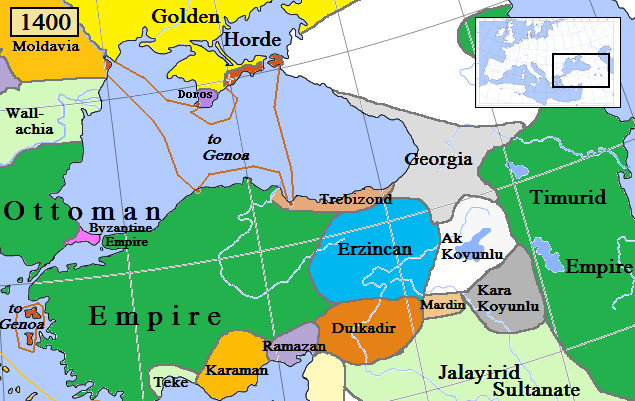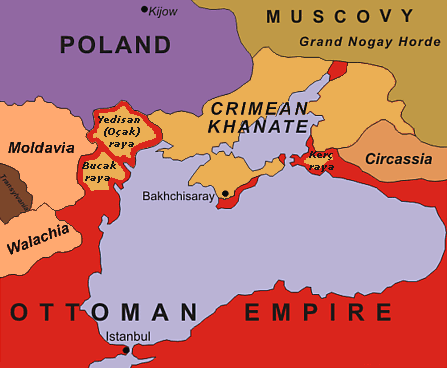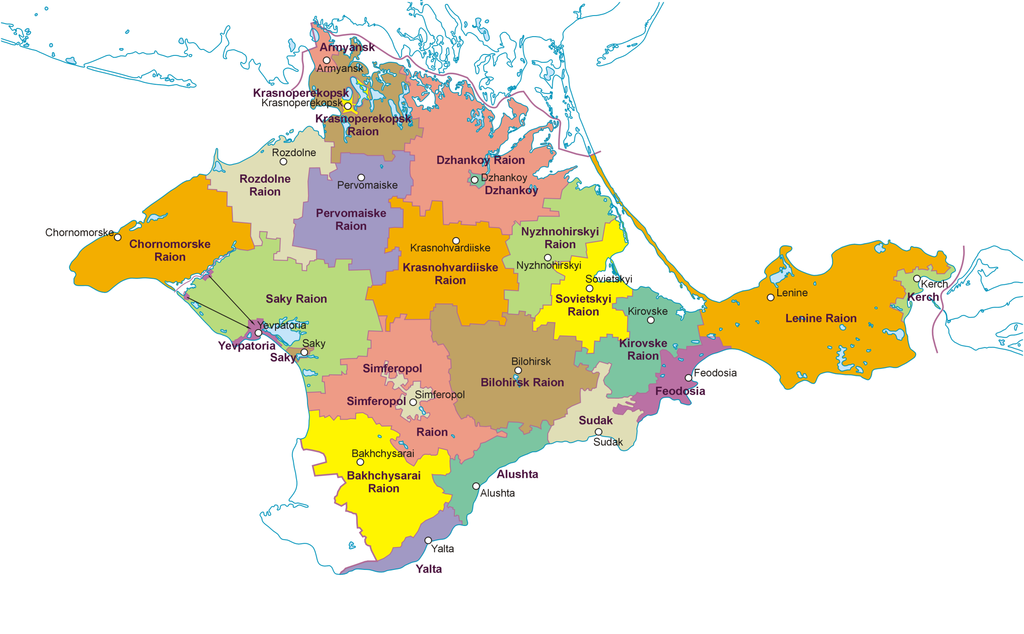Black Sea by Neal Ascherson
A bit tedious and long-winded, nevertheless this book covers the broad span of 3,000 years and really goes into depth about the myriad of jumbled ethnicities and the reasons behind the never-ending wars in the region. The last chapter really nails the ecological havoc the area is currently facing and is the best read of the whole book.
The Black Sea Watershed
Currents and river delta sediment discharge
Ecology
Due to the unique geography and ecosystem of the Black Sea, the current level of water pollution exceeds the ecosystem’s assimilation capability and is in grave danger.
For decades, a uniquely high river discharge into the Black Sea diluted its salinity consequently reducing its biodiversity but ironically simultaneously supplied sea vegetation with unusually high amount of nutrients, providing its fast proliferation and high biomass.
As detailed in
an earlier posting, this in essence created a dead layer of water on the bottom and a thin layer of cleaner but vulnerable life-sustaining water on the surface.
Pollution
The intense pollution by the surrounding countries that has now being going on for many decades has taken a heavy toll on the whole ecosystem. Under the current bad environmental conditions, more than 160 million people in Bulgaria, Ukraine, Russian Federation, Romania and Turkey are exposed to danger.
Anually more than 100 000 tons of sewage, tens of thousands tons of oil products, tens of thousands tons of toxic heavy metals (copper, lead, cadmium, etc.) enter the sea.
Increased shipping of crude oil has added to the pollution problem
The sea is slowly dying...
Fishing
The combination of pollutants and overfishing has devastated the fishing industry.
Note
Most of the maps and graphics above are Sourced from GRID-Arendal in collaboration with the United Nations Environment Programme (UNEP), Please visit their site for further Info








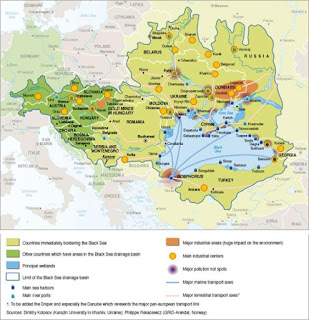






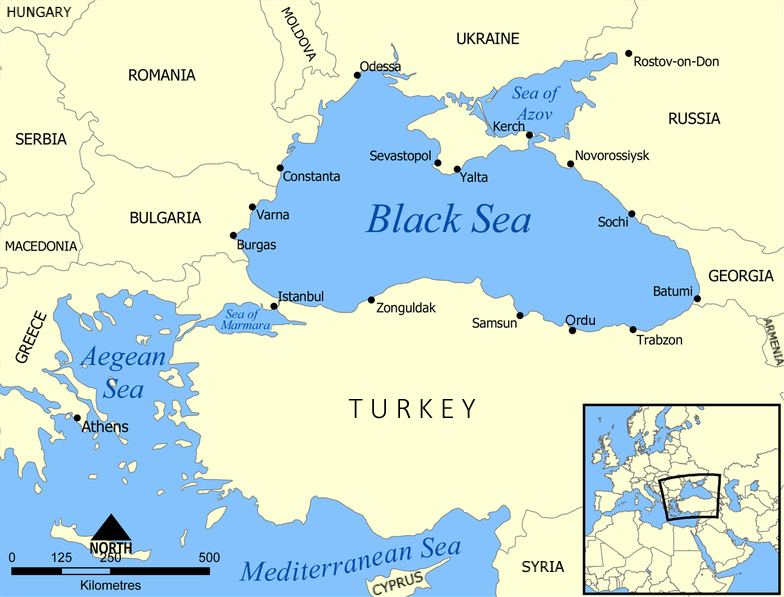




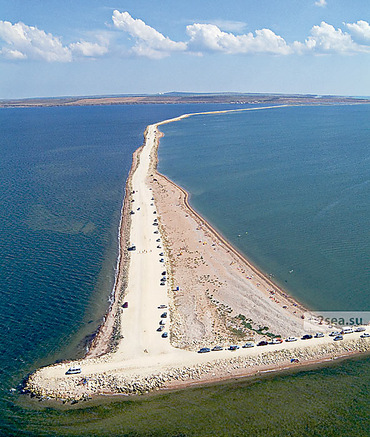



.svg/1142px-Greek_colonies_of_the_Northern_Euxine_Sea_(Black_Sea).svg.png)



